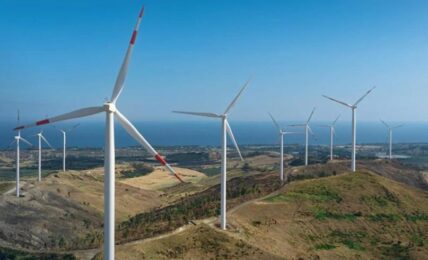Investment management firm Fidelity International announced that it has revised its sustainable investing framework, launching a new 3-tiered system categorizing funds by their level of ESG integration, citing an evolving ESG client and regulatory landscape.
The revised framework comes amidst a series of new regulatory requirements for asset management firms marketing and managing sustainability-focused investment funds, including the EU’s Sustainable Finance Disclosure Regulation (SFDR), which established transparency rules regarding the integration of sustainability risks and the consideration of adverse sustainability impacts for financial products, the European Securities and Markets Authority’s (ESMA) new guidelines for the use of ESG and sustainability-related terms in investment fund names, which includes an 80% threshold as a minimum proportion of investments used to meet the sustainability characteristics of funds using the term “sustainable,” and the UK Financial Conduct Authority’s (FCA) recently launched Sustainability Disclosure Requirements (SDR), aimed at helping investors assess the sustainability attributes of investment products, and to avoid greenwashing risk.
Fidelity International said that its revised framework was designed to meet the requirements and expectations of each of these new regulatory regimes, and to broadly align with ESMA’s 80% threshold.
In a statement announcing the updated framework, Fidelity International said:
“Regulatory change plays a vital role in shaping the sustainable investing landscape. Governments and regulators around the world are implementing various measures to encourage investors to consider ESG factors in their investment decisions, while also regulating the manner in which they market sustainable products to their clients.”
The new framework introduces three sustainable investment fund categories, including “ESG Unconstrained,” which will include Article 6 funds that may or may not , integrate ESG risks and opportunities into the investment process, but will apply Fidelity’s firmwide exclusions, such as controversial weapons; “ESG Tilt,” which will include Article 8 funds aimed at promoting environmental and social characteristics through a tilt towards issuers with stronger ESG performance than the product’s benchmark or investment universe, and applying additional exclusions such as tobacco production, thermal coal mining, thermal coal power generation and certain sovereign issuer exclusions, and; “ESG Target,” which will include Article 8 and Article 9 funds that have ESG or sustainability as a key investment objective, such as funds that invest in ESG leaders, those that target a sustainable theme, or those meeting impact investment standards.
Jenn-Hui Tan, Chief Sustainability Officer at Fidelity International said:
“We have long been committed to sustainable investing and have continued to evolve our approach and capabilities in line with client requirements and ESG regulations. The integration of sustainability into investment research and portfolio construction is part of our fundamental process to identify the drivers of long-term value creation.
“Our revised framework aims to facilitate the creation and maintenance of a consistent, transparent, and practical range of investment capabilities that meet evolving client and regulatory needs. We believe this framework balances a robust approach to sustainability with a flexible approach that can accommodate different investment styles, asset classes and client preferences.”


